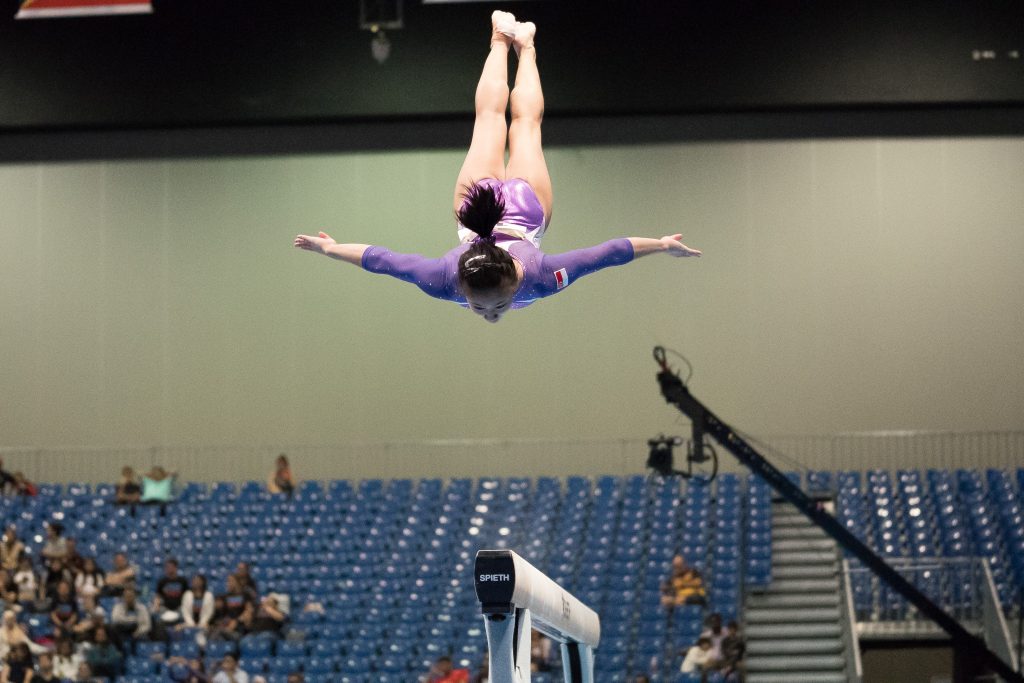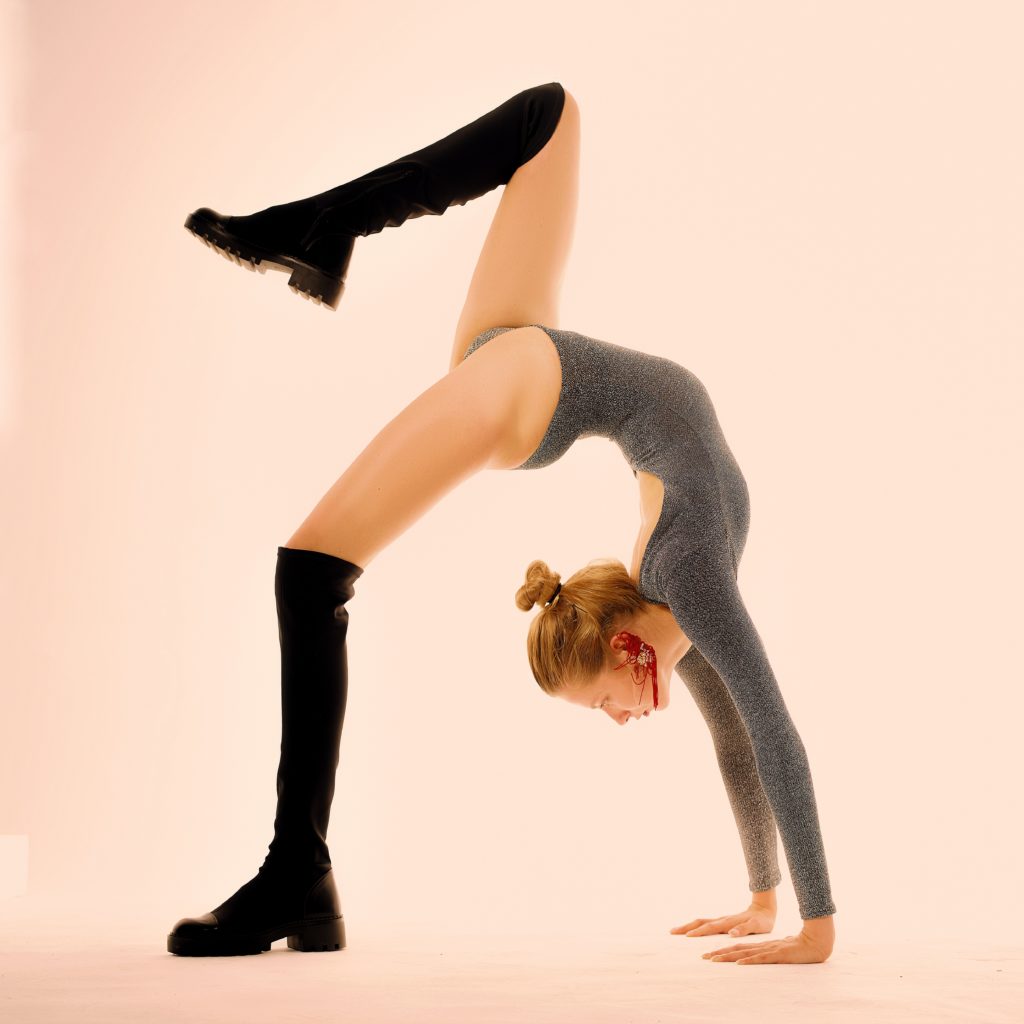Posts Tagged ‘gymnastics’
Getting my gymnasts stronger
Understanding Strength for Gymnastics
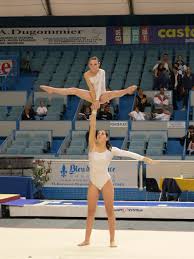 Over the past few sessions I have been going through the strength section of James’s Athletic Development Manual with him. We went through strength and velocity and how a high velocity exercise means the strength aspect could be low, and vice versa.
Over the past few sessions I have been going through the strength section of James’s Athletic Development Manual with him. We went through strength and velocity and how a high velocity exercise means the strength aspect could be low, and vice versa.
How can a gymnast maintain a healthy weight?
Take Nastia Liukin and Beth Tweddle. Both very different body shapes but both have won Olympic titles! Still, young female gymnasts don’t live in a vacuum and society itself places immense pressure on the female body image.
Read MoreSpeed and Power Training for Gymnasts
How to get faster for gymnastics
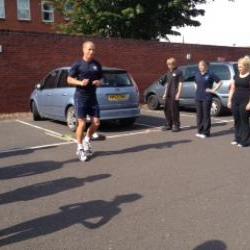 I presented two workshops last month at a conference for gymnastics coaches: speed training and plyometrics myths.
I presented two workshops last month at a conference for gymnastics coaches: speed training and plyometrics myths.
The coaches ranged in age, experience and their gymnastic discipline.
There is no one size fits all approach to gymnastics, so I tried to cover the underlying principles first so that the coaches could then apply it in their own context.
Read MoreEating disorders in gymnasts
Can gymnasts avoid eating disorders?
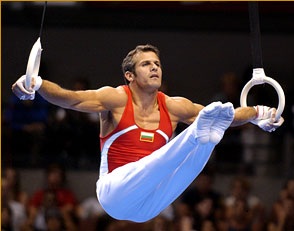 Gymnastics is a very powerful sport needing an incredible amount of strength and power in order to perform routines on the floor or on equipment.
Gymnastics is a very powerful sport needing an incredible amount of strength and power in order to perform routines on the floor or on equipment.
Vault requires a very short amount of energy but the power produced to perform their skills is huge.
Read MoreMini Band workouts
Do you want to improve knee control?
Poor knee control and stability could be a balance problem originating from the hip/ gluteal area. I have been using mini bands over the last couple of months with some of the young athletes to help improve this.
Cheap, portable and different from the usual things, they seem to have been a hit. Have a look at some of the exercises here.
I would recommend doing these twice a week, in conjunction with your normal sport and strength training.
Read More

